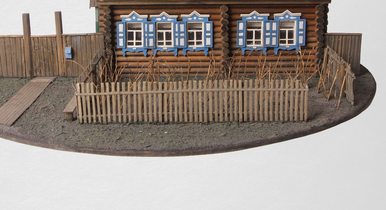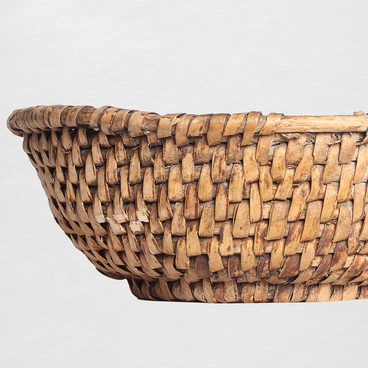The Moscow-Siberian Highway ran near Archekas Mountain on the Kiya River, where an ancient Selkup settlement was located, and later the village of Kiya (now Mariinsk) appeared. Until the very opening of the Trans-Siberian Railway in the 1890s, the highway was the main transport link of the empire. Voluntary resettlers, travelers and artisans were the first to travel along it. First of all they were attracted by a new and, as they used to say then, ‘unknown country’, that is the vast territories of the Khanate of Sibir, rich in valuable fur peltries. At the end of the 16th century, after the successful campaign of the cossack ataman and leader of the Moscow army Yermak Timofeyevich against the Siberian Khan (leader) Kuchum, Siberia finally joined the Russian state.
Already by the end of the 17th century, the number of Russians in these areas exceeded the number of different-tribe local population. Millions more Russian peasants migrated to Siberia in a relatively short period after the reform in 1861. Historian Boris Nolde noted:
Already by the end of the 17th century, the number of Russians in these areas exceeded the number of different-tribe local population. Millions more Russian peasants migrated to Siberia in a relatively short period after the reform in 1861. Historian Boris Nolde noted:



